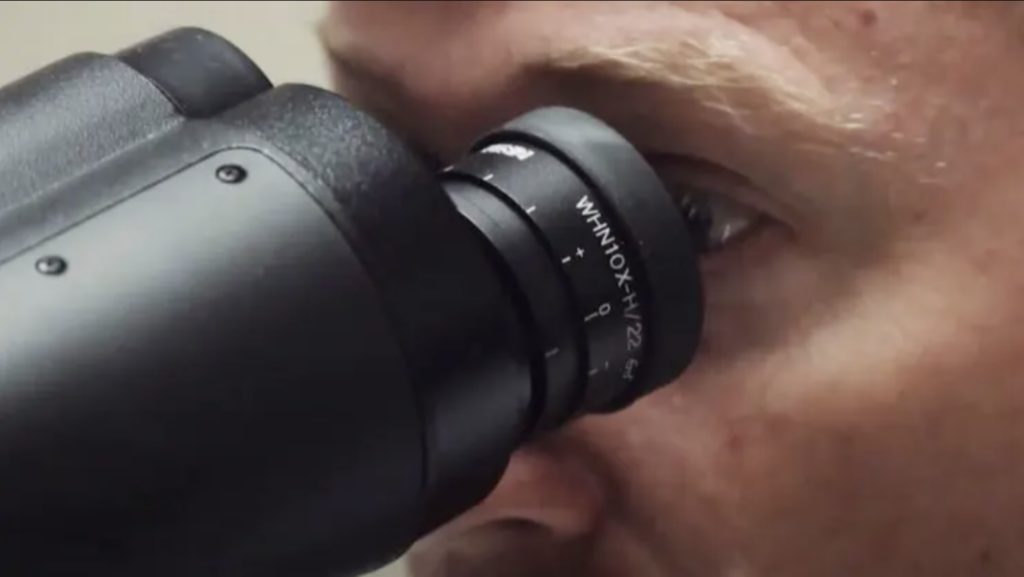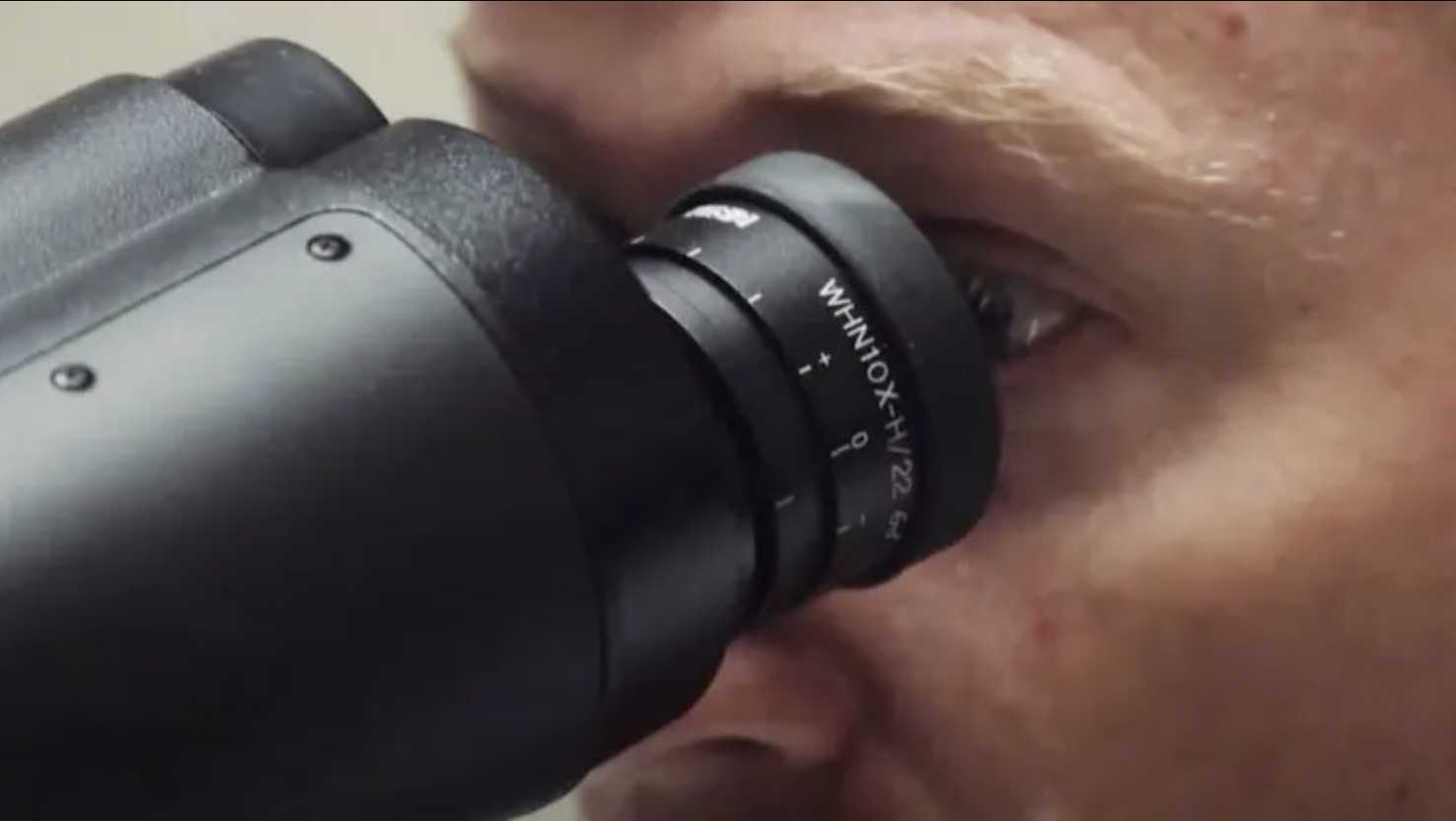The U.S. Department of Defense has teamed up with Google to build an AI-powered microscope that will assist doctors in identifying cancer.
Doctors often use microscopes to make diagnoses, and Google, in collaboration with the U.S. Department of Defense, has built a special microscope called the Augmented Reality Microscope (ARM), as reported by CNBC.
Worked in Silence
ARM is powered by artificial intelligence, and Google and the U.S. Department of Defense have been working on it quietly for several years.
The technology is still in its infancy and is not yet actively used for diagnosing patients, but the initial research is promising.
Currently, there are 13 ARM units, and one of them is located at the nonprofit organization Mitre’s facility outside Washington D.C.
Mitre collaborates with U.S. government agencies and tackles significant technology-related challenges. Researchers here work with ARM to identify vulnerabilities that could cause issues in a clinical setting.
Easy to Use

ARM looks like a regular microscope but is connected to a computer tower containing the AI models that the microscope utilizes.
When a specimen slide is placed under the microscope, the AI can describe the location of cancer and also indicate how aggressive the cancer is.
ARM has been intentionally designed to be user-friendly. Many organizations have tried to digitize pathologists’ workflows to increase efficiency, but there are challenges with digital pathology.
Less Storage Space
Digitizing a single image can require over a gigabyte of storage space, resulting in significant costs for large-scale data collection.
ARM is not intended to replace digital pathology systems, but Patrick Minot, a senior engineer for autonomous systems at Mitre, believes it can help organizations bypass the need for them.
Pathologists can take screenshots using ARM’s software, and these images are much cheaper to store.
An ARM typically costs between $90,000 and $100,000.

